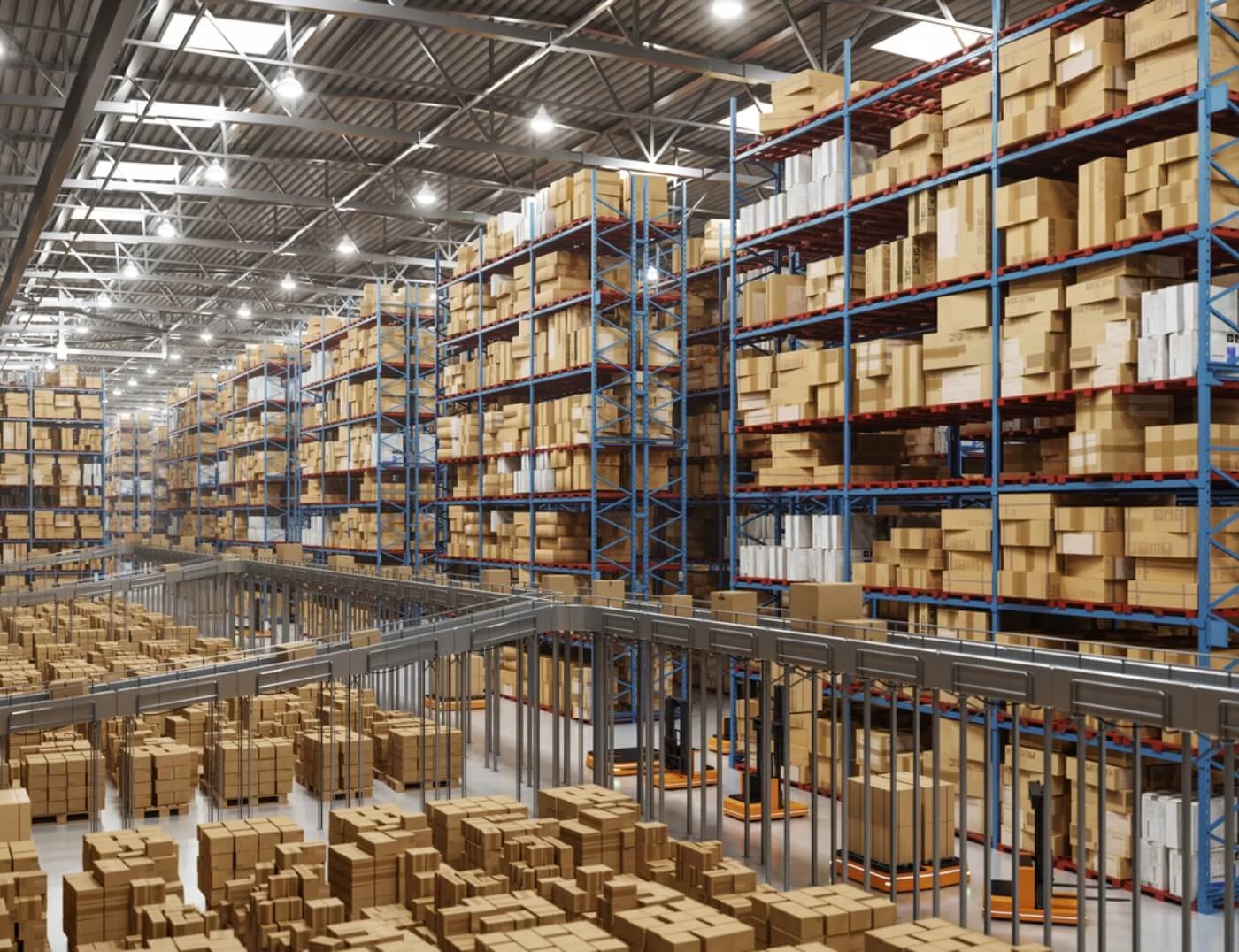
How Ecommerce Businesses Are Navigating a Shift Away from Global Trade Amid New Tariffs and the End of De Minimus
- Oct 13, 2025

Ecommerce businesses are facing a new reality in 2025 as global trade dynamics shift under rising tariffs, mounting tensions with long-standing international trading partners, and the sudden end of the de minimis exemption. U.S.-based sellers have largely benefited from huge growth in online sales since 2020, built on decades of relatively open global trade, but they are now facing higher costs, unpredictable supply chains, and increased regulatory hurdles.
Global ecommerce sales are expected to total $6.42 trillion worldwide in 2025, which means all these changes are hitting during what’s projected to be a very busy international holiday period. With so much at stake for ecommerce Q4, businesses that source products internationally will need to carefully assess how these new cross-border challenges are impacting their sourcing strategies and pricing models.
As global trade becomes more unpredictable, agile ecommerce businesses are finding creative ways to adapt and stay competitive by:
Diversifying Suppliers Locally or Regionally. Many merchants are shifting from overseas suppliers to domestic or nearshore sources to reduce dependence on volatile international markets.
Stockpiling Inventory. Some sellers are increasing on-hand inventory to buffer against supply chain disruptions caused by tariffs or shipping delays.
Adjusting Product Pricing. To remain competitive, many sellers are passing some of the added costs from tariffs or shipping challenges onto customers.
Investing in Supply Chain Technology/Outsourcing Logistics. Businesses are investing in or outsourcing logistics to access advanced software that tracks shipments, manages inventory, and forecasts demand more accurately in an unpredictable trade environment.
Exploring Alternative Markets. Some retailers are choosing to sell in regions less affected by trade tensions or developing products that appeal to local consumers to mitigate global dependency.
In summary, ecommerce businesses can tackle the challenges they are facing on international trade in 2025 by embracing these strategies. Businesses that have transitioned to working with a 3PL can focus on growing their operations and reaching new customers, even as the global market continues to shift.
On August 29, 2025, the U.S. officially ended its de minimis exemption for all countries. De minimus was a trade provision that allowed low-value imports under $800 to enter the country duty-free. With the exemption gone, every shipment, no matter how small its value, will have to undergo full customs clearance and face applicable duties.
Since 1938, de minimis made direct-to-consumer (DTC) cross-border shipping to the U.S. straightforward, inexpensive, and fast as brands were able to avoid complex custom filings and duties on lower priced items. As a result, for global ecommerce brands, the loss of de minimus requires a massive rethinking of strategy as it affects operations, compliance, profit margins, and ultimately customer experience. For D2C ecommerce brands that sell primarily low-value products made in China, this change is hitting hard when combined with the addition of tariffs ranging from 30% to 100%.
Practical Steps for Adapting to the End of De Minimus:
The end of the de minimis exemption requires a shift in the way ecommerce merchants handle international shipments. Use this checklist to stay ahead:
In summary, by staying proactive and adaptable, businesses can still thrive in this new trade environment. Following this checklist—and partnering with a trusted 3PL partner—is a great way for ecommerce merchants to protect margins and continue delivering a reliable customer experience despite the end of de minimis.
G10 Fulfillment handles your logistics so you can focus on strategizing and growing your business, even while global trade shifts create new challenges. Imagine having more time to adjust sourcing strategies, manage post de minimis shipments, and navigate tariff-related disruptions. By outsourcing to G10, you can dedicate your energy to expanding your brand while we ensure your order fulfillment runs smoothly.
Our expert team and advanced technology is focused on scaling ecommerce for growing manufacturers while providing seamless integrations with top ecommerce platforms like Amazon, Shopify, and Walmart. With G10 Fulfillment, you gain a reliable partner committed to helping your business grow and thrive even during this changing trade landscape.
Ready to outsource logistics to a true partner? Click Here to get your free quote.
Transform your fulfillment process with cutting-edge integration. Our existing processes and solutions are designed to help you expand into new retailers and channels, providing you with a roadmap to grow your business.
Since 2009, G10 Fulfillment has thrived by prioritizing technology, continually refining our processes to deliver dependable services. Since our inception, we've evolved into trusted partners for a wide array of online and brick-and-mortar retailers. Our services span wholesale distribution to retail and E-Commerce order fulfillment, offering a comprehensive solution.
